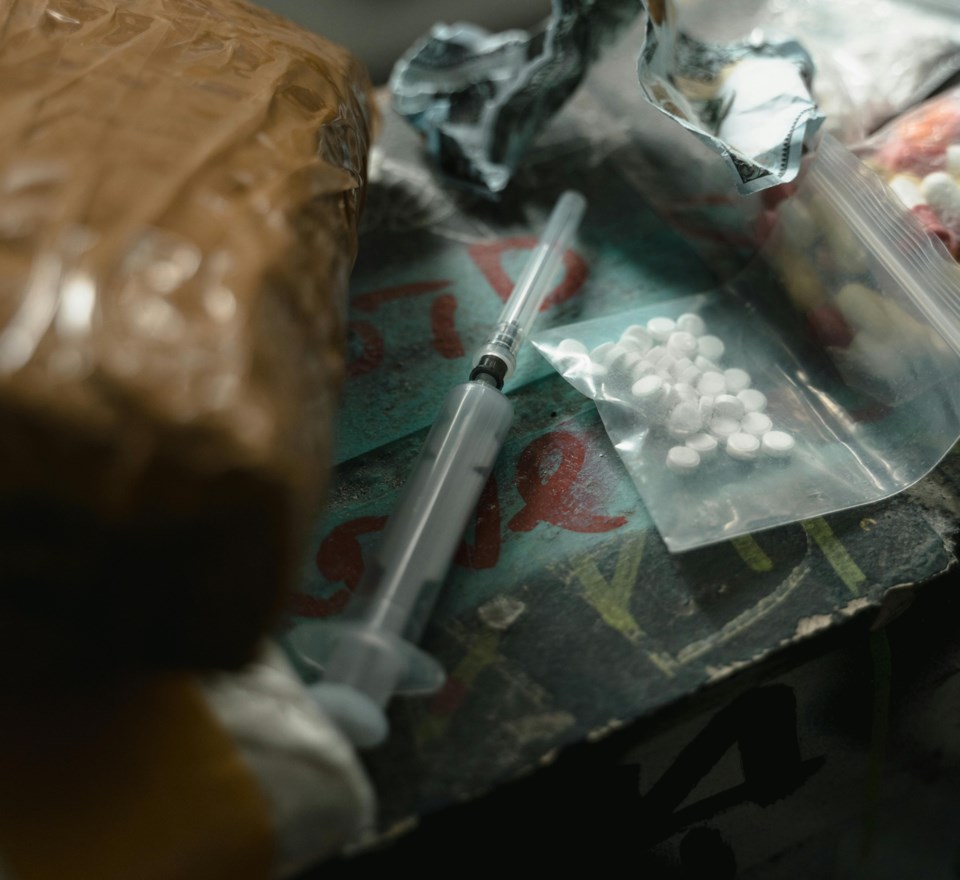Alberta's toxic drug death toll has been blamed on a worsening "addiction crisis" and “soaring addiction rates for opioids and other substances,” but data shows no increase in rates of substance use disorders over last decade.
In most cases, rates of substance use disorders in Canada have actually declined.
Last year, more Albertans died from drug poisoning than any year on record. In the first 11 months of 2023 alone, there were 1,841 drug poisoning deaths, 1,706 of which were connected to opioid use, according to the provincial substance use surveillance system.
Drug poisoning deaths in Alberta have more than doubled since 2019, a devastating trend which provincial officials have consistently equated with a supposed increase in rates of addiction.
"We're talking about an addiction crisis," that is ravaging Alberta, Canada, and North America, Minister of Mental Health and Addiction Dan Williams said in a recent interview while addressing 2023’s record drug poisoning deaths.
Williams said it’s possible deaths will continue to increase despite the province’s unprecedented investments in recovery-oriented treatment services because “there are going to be more and more people, tragically, who end up in the deadly disease of addiction."
The belief that skyrocketing addiction rates are driving drug poisoning deaths is central to Alberta’s response to the crisis, and Williams has said the government is “doubling down on recovery as the only solution.”
But according to data from Statistics Canada, the number of Canadians struggling with substance use disorders isn’t soaring, it’s trending down.
The report on mental disorders and access to mental health care found the prevalence of alcohol use disorders among Canadians 15 years of age or older fell from 3.2 per cent of the population in 2012, to 2.2 per cent in 2022. In 2012, 1.3 per cent of Canadians were reported as having a cannabis use disorder, a rate virtually unchanged in 2022 with 1.4 per cent.
Other substance use disorders, which includes opioids and other drugs, saw a minimal decrease from 0.7 per cent in 2012 to 0.5 per cent in 2022.
“Despite recent rises in substance-related deaths, the prevalence of substance use disorders did not increase from 2012 to 2022," reads a summary of the report’s findings from StatCan.
“Addiction is kind of a colloquial term that we use to describe when people have problems with drugs and alcohol, but substance use disorder is the formal clinical term,” explained Elaine Hyshka, associate professor and Canada Research Chair in health systems innovation at the University of Alberta's School of Public Health.
Hyshka said the government of Alberta’s framing of drug poisoning deaths has been “inaccurate.”
“We don't have any data in the province to suggest that there has been a substantial increase in addiction in the past 10 years. What we do know is that the illegal drug supply has fundamentally changed and become more dangerous, more volatile, and more toxic. And that is why we're seeing more people dying in Alberta.”
During the same period that the rate of substance abuse disorders in Canada declined, from 2012 to 2022, the number of fentanyl-related deaths in Alberta increased by 5,000 per cent, according to a study by Dr. Craig Chatterton, chief toxicologist with the Office of the Chief Medical Examiner.
The illegal drug supply has become more toxic and dangerous, “and the substances that are for sale now also provide a much larger return on investment for the illegal drug sellers. And so that suggests that the market is unlikely to change anytime soon,” Hyshka said.
“If we want to actually bring down the death rate, we need to have other strategies beyond treatment that help to save lives and prevent death.”
Since forming government in 2019, the UCP has shifted away from public health approaches to the toxic drug crisis, closing supervised consumption sites in Lethbridge and Edmonton, and has dedicated millions to create more spaces in private and public addiction treatment centres.
Hyshka said programs to support people living with addictions are important, but they aren’t a primary solution to addressing the overdose epidemic.
Not everyone who uses illegal drugs has an addiction, “and so there is a substantial proportion of the population that wouldn't qualify for or require treatment but is still at risk of dying.” Evidence has also shown the majority of people with substance use disorders in a given year don’t seek treatment.
“I do worry that we have a myopic focus on substance use treatment in the province. And until we see increased attention to other strategies that we know can prevent death, I worry that we will continue to see an increasing number of people dying from drug overdose here.”
Alberta’s Ministry of Mental Health and Addictions did not respond to submitted questions about rates of substance use disorders in the province.




